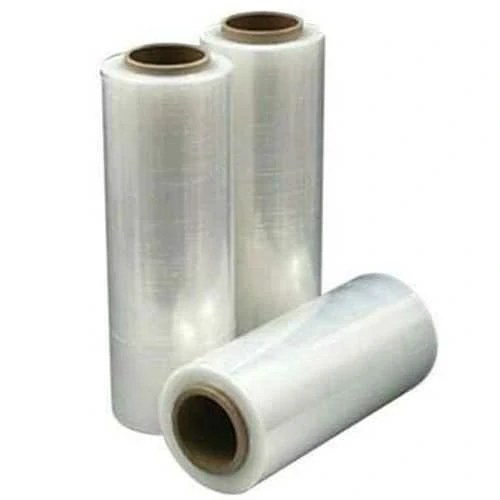The Difference Between Plastic Hollow Plate and Plastic Solid Plate
Plastic is a versatile material that has found its way into many aspects of our lives. From household items to industrial applications, plastic plays a crucial role in modern society. When it comes to plastic sheets, there are two popular options: hollow plate and solid plate. In this article, we will explore the differences between these two types of plastic sheets, including their structure, usage, and advantages. Let’s dive in!
1. Structure
The first significant difference between plastic hollow plates and plastic solid plates lies in their structure. As the name suggests, a solid plate is made up of a single uniform layer of plastic material. It has a consistent thickness throughout the entire sheet. On the other hand, a hollow plate consists of two flat sheets connected by vertical ribs, forming a series of hollow chambers. These chambers provide added strength and rigidity to the sheet while reducing its weight.
2. Usage
The usage of plastic hollow plates and plastic solid plates differs depending on their unique characteristics. Solid plates are mainly used in applications that require maximum strength and durability. They are commonly used in construction as roofing sheets, wall cladding, and flooring materials. The solid structure allows them to withstand heavy loads and resist impact, making them suitable for outdoor use. Solid plates are also favored in industries such as automotive and transportation for their excellent structural integrity.
On the other hand, hollow plates find their applications in situations where weight reduction is important. The hollow structure of these plates significantly reduces their weight without compromising their strength. This makes them ideal for packaging solutions, signage, and advertising boards. Hollow plates are lightweight and easy to handle, making them popular in industries that require frequent transportation and installation, such as exhibition displays and trade shows.
3. Advantages
Both plastic hollow plates and plastic solid plates have their unique advantages. Solid plates offer superior strength and durability, making them a reliable choice for long-term applications. They are resistant to impact, weather conditions, and UV radiation, ensuring a long lifespan. Solid plates also provide better sound insulation and thermal insulation properties, making them suitable for noise reduction and energy-saving applications.
Hollow plates, on the other hand, excel in their lightweight nature. Their hollow structure significantly reduces the overall weight of the sheet, making it easier to handle and transport. The reduced weight also results in lower material costs, as less plastic is required to manufacture the same size sheet. Additionally, the hollow chambers in the sheet can be filled with air or other materials to further enhance their insulating properties, making them an excellent choice for temperature-sensitive applications.
In conclusion, the difference between plastic hollow plates and plastic solid plates lies in their structure, usage, and advantages. Solid plates are known for their strength and durability, while hollow plates offer lightweight properties and cost-effectiveness. Understanding these differences will help you choose the appropriate type of plastic sheet for your specific application. Whether you need maximum strength or weight reduction, both options provide versatility and reliability in various industries.
.webp)
